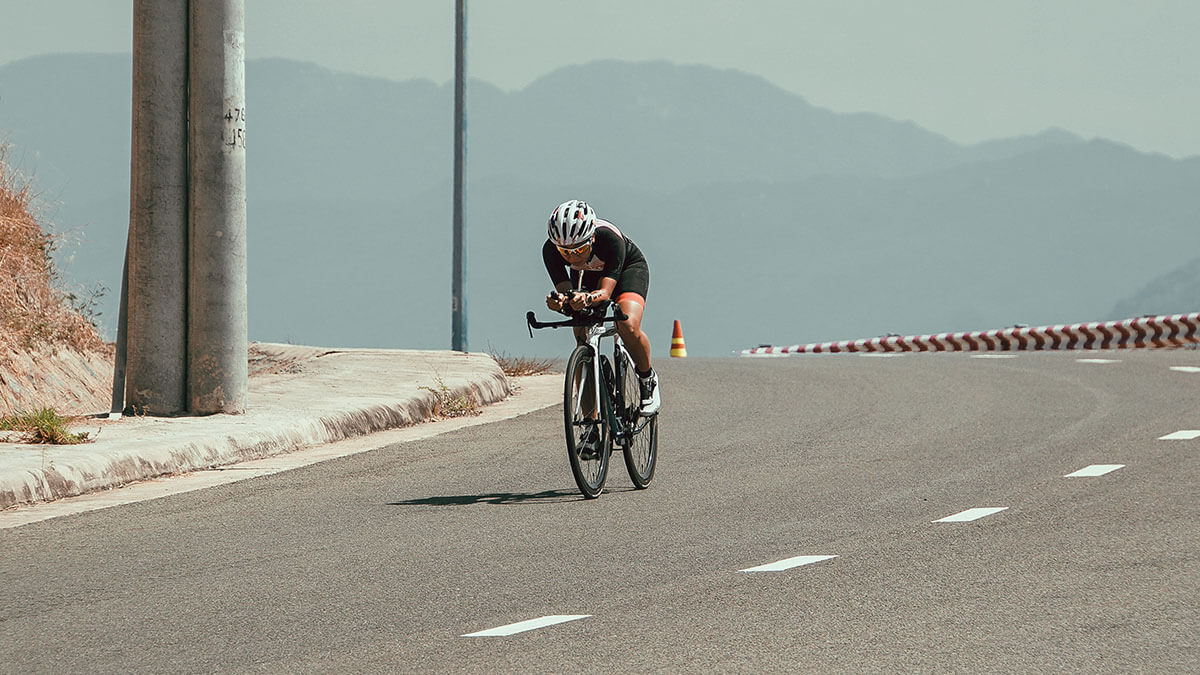There is a very strong relationship between performance in sports events and scientific guidance. In the past decades, science has turned into a game-changer in maximizing performance; both professional and amateur athletes — and coaches, too — come to invest even more in this direction. Naturally, athletes who train for Ironman couldn’t fall behind this trend.
The triathlete’s dilemma: Train for Ironman or have a life?
Having said that, a full-distance triathlon, or Ironman triathlon, is a very demanding event; more often than not, compelling athletes to break their limits. To emphasize, swimming 2.4mi (3.9km), cycling 112mi (180km), and running 26.2mi (42.2km), is hard. Simply put, it’s not just ‘another day at the office’ situation.
A triathlete must combine a weekly training of 12-30 hours (depending on level, goals, etc.), with family and work commitments. Out of this necessity, a science-based approach becomes a must; although, for many, I’m afraid, may not be a pleasant undertaking. 😅
The triathlete’s solution: Train for Ironman, using science!
From the physiological point of view, the key parameters that determine performance in a full distance triathlon are:
In addition to the above, the VO2max and the maximum aerobic velocity/power, also play an important role. And, if we are to go deeper, both the activity of mitochondrial enzymes and the buffering capacity are fundamental; but, let’s keep things simple, for now.
First, evaluation testing
Undoubtedly, the knowledge of physiological adaptations is very useful for the full-distance triathlon. However, for a coach, combining these adaptations with the athlete’s level, training experience, goals, and daily responsibilities, demands science; and by that, we mean 100% science.
Be that as it may, before you start with the ‘improvements’, you must complete an evaluation test; unless you’re into guesswork. In other words, if you don’t test your athlete, you can’t size up the aforementioned critical parameters.
Of course, science comes into play, again. That is, either for laboratory testing (accurate, but expensive and impractical), or for acquiring the knowledge to perform various field tests correctly; for example, FTP test, Threshold test, and maximum aerobic velocity/power test.
After that, and especially in the lab testing scenario, one can apply deep science-based knowledge to reach the right conclusions; followed by readjustments in the training plan (zones, stress, goals, periodization), and repeating this cycle every 8-12 weeks.
Monitoring your Ironman training plan
Done your tests, scheduled the workouts on your training calendar, everything is under control; now, it’s time to start executing the training plan! Um… nope! Mind you, there is an indispensable tool in every coach’s toolbox, called monitoring.
Even though your training plan may seem to be a perfect match for your triathlete, training is a dynamic process. All things considered, the athlete may respond faster or slower than the preset metrics.
And, the truth is, extra responsibilities are going to crawl into the athlete’s life and, eventually, this will affect the plan. Business trips can stress your athlete more than expected; hence you’ll need to make a re-adjustment, as soon as possible.
ScienceTrain for success
Again, using science, you can instantly monitor the level of fatigue, form, stress, and internal load. In addition, you can use a number of other parameters to customize your training program and create a success story.
To highlight this, think about how important it is to track heart rate variability values or resting heart rate. Overtraining syndromes or accumulated fatigue to the autonomous nervous system can be recognized, before an injury or a poor performance phenomenon occurs.
In conclusion
At the end of the day, science can’t stand alone; great coaching skills and solid practical experience are imperative for setting up an effective Ironman training plan. For each one of your athletes, that is. Nonetheless, a scientific approach is a key factor; one that separates a good coach from a successful coach. Science Training is here to provide you with tools that will change the way you train your athletes. Are you ready to talk Science?
